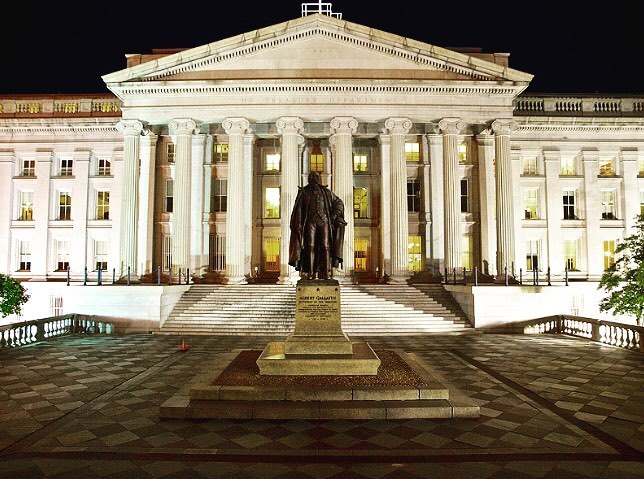
The Gephardt Rule, named after its creator, former Representative Dick Gephardt of Missouri, is now part of the standing rules of the 117th Congress in the House of Representatives and theoretically makes it easier to adjust the Federal debt limit. According to House rule XXVIII in its current form, when the House approves a concurrent resolution on the budget, the Clerk of the House is directed to engross a joint resolution suspending the debt limit for the fiscal year that the budget resolution covers. The House’s vote on the budget resolution is treated as a vote to pass the joint resolution suspending the debt limit. The engrossed joint resolution suspending the debt limit is then sent to the Senate. If the Senate passes the joint resolution without amending it, it goes to the President for approval, and the House does not need to take additional action.
Members of Congress often hate voting to raise or suspend the debt limit, so many welcome the Gephardt Rule as a way to eliminate a difficult vote–one that many say is unnecessary. The Gephardt Rule provides political cover since it allows Members to say they oppose increasing the debt limit but are instead voting for all the benefits a budget resolution makes possible. Other Members, however, object to it on the grounds that it eliminates the opportunity for Members to be held accountable for their budgetary decisions. With Members divided over the rule’s wisdom, the House has gone back and forth on whether to keep it. When the Republicans last took the House majority in 2011, they eliminated a previous version of the Gephardt Rule. When the Democrats took the House in 2019, they reinstated the rule as it stands today.
When the Republicans retake control of the House in 2023, it’s very likely that they will repeal the Gephardt Rule once more. Eliminating the Gephardt Rule strikes some as an irresponsible way to govern. In truth, eliminating it won’t actually have a significant effect. In the early years that the Gephardt Rule was in place, it was effective at reducing the number of votes Members needed to take on increasing the debt limit. More recently, however, the rule hasn’t been especially effective in the sense that the Senate has passed joint resolutions generated by the Gephardt Rule. This is true even when the Democrats have controlled both Chambers of Congress. The last time the Senate passed a joint resolution without amending it was in September of 2007, when it voted on H.J.Res. 43, which President George W. Bush signed into law. In fact, since the House Democrats restored the Gephardt Rule in 2019, they have suspended its operation. If the Republicans repeal the Gephardt Rule in early 2023, the change will have little practical effect in how Congress has adjusted the debt limit over the last decade-plus.
Though formally repealing the Gephardt Rule would not significantly change how Congress legislates, Members must address the debt limit next year. The ceiling currently stands at $31.4 trillion, and the government may borrow about $98 million more before it reaches the limit. After that, the Treasury Department may use “extraordinary” measures to continue paying the bills. Once these are exhausted, the Administration will call upon Congress to adjust the limit, either increasing it or suspending it for a period. According to economists at Goldman Sachs, that could come as early as July or as late as October 2023.
When Congress addresses the debt ceiling next year, it will either raise it to a specific amount or suspend the limit, allowing the Treasury Department to borrow as much as it needs for that period and reimposing the limit when the time runs out. Whichever way it plays out, the legislation will be the result of (intense) negotiations where the Biden Administration and leaders from each Chamber strive to achieve policy wins. Any debt limit debates will be resolved by the give-and-take of legislating rather than a procedural and political workaround like the Gephardt Rule.
For our full paper assessing the effectiveness of the Gephardt Rule over time, check out “The Gephardt Rule: Taking the Political Sting Out of the Debt Limit?”

For more on the debt limit, check out “A Basic Introduction to the Federal Debt Limit.“
If you enjoyed this post, sign up for our e-newsletter The Congressional Report!